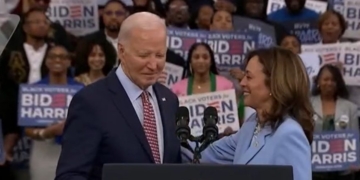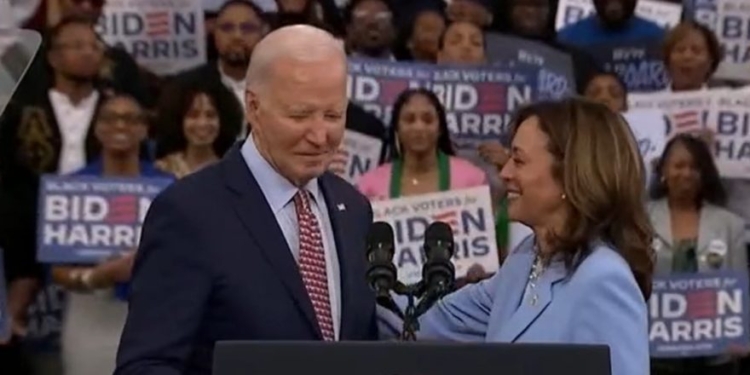Inflation fell in August amid fears of an economic slowdown following two straight months of disappointing job gains, according to the latest Bureau of Labor Statistics (BLS) release on Wednesday.
The consumer price index (CPI), a broad measure of the price of everyday goods, increased 2.5% on an annual basis in August and rose 0.2% month-over-month, compared to a 2.9% year-over-year rate in July, according to the BLS. Core CPI, which excludes the volatile categories of energy and food, rose 3.2% year-over-year in August, compared with 3.2% in July.
Fears of an economic slowdown have grown in recent months following a spike in unemployment in July, a downward revision of more than 800,000 jobs for the period between April 2023 and March 2024, and lower-than-expected job growth in August. Unemployment rose 0.2% in July, with the economy adding just 89,000 jobs after initial revisions, while the U.S. economy added just 114,000 jobs in August, 47,000 fewer than expected.
GS: August core CPI is forecasted to rise by 0.23% (vs. 0.2% consensus), with a year-over-year rate of 3.17% (vs. 3.2% consensus).
August headline CPI is expected to increase by 0.18% (vs. 0.2% consensus), with a year-over-year rate of 2.56% (vs. 2.6% consensus). pic.twitter.com/hSeACPqI2D
— Mike Zaccardi, CFA, CMT
(@MikeZaccardi) September 10, 2024
Inflation peaked at 9% in June 2022, up from just 1.4% year-over-year when President Joe Biden took office in January 2021. Annual inflation has remained well above the Fed’s target of 2% since peaking, falling under 3% for the first time in more than 2 years in July.
The Fed set its federal funds rate at a 23-year high range of 5.25% to 5.50% in response to high inflation under the Biden administration, and has since maintained the rate for eight Federal Open Market Committee meetings in a row. Lowering interest rates would reduce the cost of borrowing for businesses and consumers alike, freeing up capital for hiring and spurring economic growth.
The inflation report comes just one week before the FOMC’s September meeting, with 100% of interest rate traders currently expecting the Fed to lower its target federal funds rate after Fed Chairman Jerome Powell remarked that “the time has come for policy to adjust” during a speech at the Federal Reserve Bank of Kansas City’s Jackson Hole Symposium in August. The magnitude of the rate cut is still unclear, with 69% of interest rate traders predicting the Fed will lower its target federal funds rate by 0.25%, while the remaining 31% predict a reduction of 0.5%, according to the CME Group’s FedWatch Tool.
All content created by the Daily Caller News Foundation, an independent and nonpartisan newswire service, is available without charge to any legitimate news publisher that can provide a large audience. All republished articles must include our logo, our reporter’s byline and their DCNF affiliation. For any questions about our guidelines or partnering with us, please contact [email protected].

















 (@MikeZaccardi)
(@MikeZaccardi) 








